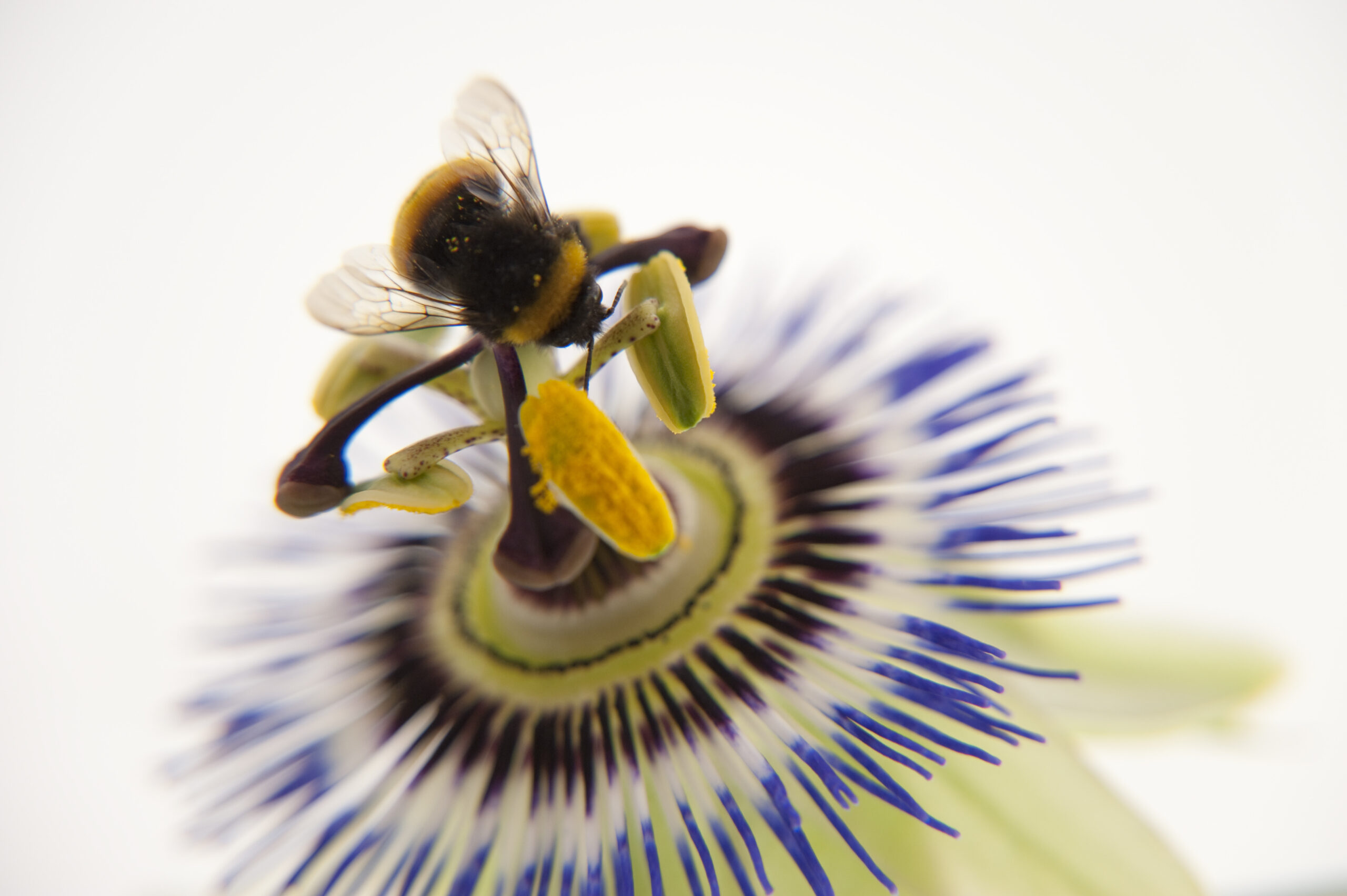Growing your own food is not only a great way to save money and ensure that you’re eating healthy, but it can also be an incredibly rewarding hobby. In this guide, we will cover everything you need to know about home farming, from choosing the right plants and seeds to harvesting and preserving your homegrown produce. Let’s get started!
Introduction to Home Farming
Home farming, or growing your own fruits and vegetables at home, has become increasingly popular in recent years as more people seek out ways to live sustainably and reduce their carbon footprint. Whether you have a small balcony or a large backyard, there are plenty of opportunities for you to start growing your own food.
Choosing the Right Plants and Seeds
The first step in home farming is selecting the right plants and seeds for your garden. Consider what types of crops you enjoy eating and research which ones are best suited for your climate and growing season. Some popular options include tomatoes, lettuce, spinach, radishes, and carrots. You may also want to consider planting herbs like basil, chives, and rosemary, which can add flavor to your meals and make great gifts for friends and family.
Preparing Your Garden for Planting
Once you’ve selected your plants and seeds, it’s time to prepare your garden for planting. Start by removing any existing weeds or debris from your plot, then till the soil to loosen it up. If necessary, add compost or other organic matter to enrich the soil and provide nutrients for your plants. Finally, mark off the areas where you plan to plant each crop using stakes or string.

Caring for Your Crops
After you’ve planted your seeds or seedlings, it’s essential to keep them well-watered and fertilized throughout the growing season. Depending on the type of crop, you may also need to prune or trellis your plants to encourage growth and prevent disease. Be sure to check on your plants regularly and remove any pests or diseased leaves as soon as possible.
Harvesting and Preserving Your Homegrown Produce
Finally, once your crops are ready to harvest, it’s time to reap the benefits of all your hard work! Begin by picking ripe fruit and veggies when they reach maturity, being careful not to overpick and damage the plants. Once you’ve collected your bounty, consider preserving some of your harvest for later use. This could involve freezing, canning, or drying your produce, depending on its type and intended usage.
In conclusion, home farming can be both fun and rewarding, providing you with fresh, healthy produce while reducing your environmental impact. By following these steps and staying committed to your garden, you too can experience the joy of growing your own food.



